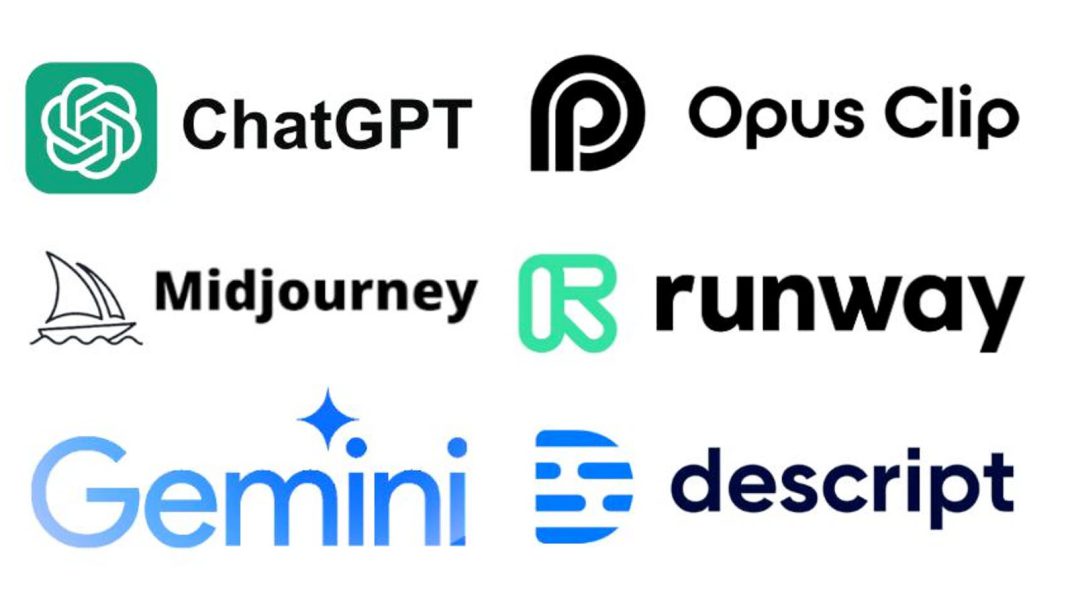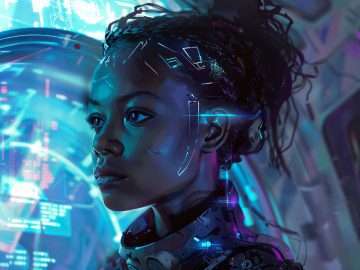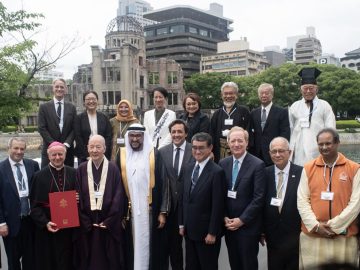It’s easier than ever to create content with generative AI tooling. Want to post TikTok videos but don’t know how? Tools like Opus Clip cut videos and add captions with just a few clicks. Want to write a newsletter but don’t know what to write about? OpenAI’s GPT-4 can generate 20 ideas to get started. Quick and dirty content creation at our fingertips. This is what we wanted, right? Not exactly.
Sure, one undeniable benefit of AI tools is lowering the barrier to entry for newbies. Beginners can start creating without feeling intimidated by technical software. Anyone who’s opened Adobe Photoshop with no prior experience recognizes that sinking feeling of having the vision to create but not the know-how to execute. Now with gen AI tools, anyone can create and publish content. I started posting on TikTok and Instagram a few years ago; with a few taps I could remix videos to share and educate millions of people. It’s quite literally amateur hour. The $150BN creator economy is based on this premise; we’re witnessing an expansion of voices and perspectives in media – especially historically underrepresented voices. Welcome to the age of democratization of media production.
Another benefactor of gen AI tooling is Hollywood. Image and video generators can lower production costs. The introductory establishing shot that required drone or stock footage in the past? Runway’s Gen-3 Alpha can generate high fidelity videos of a sprawling city with their text-to-video AI model. Many of these gen AI tools are in their infancy, but some are already embracing them in the movie-making process: visual effects artist Evan Halleck used Runway to quickly and cost-effectively edit a scene in Oscar-winning “Everything Everywhere All At Once.” Forbes’ columnist Charlie Fink paints a distant future of AI-generated movies winning the Academy Awards in his article.
Runway released their Gen-3 Alpha demo video on July 2, 2024 on YouTube. The first 30 seconds show … [+]
Runway
As consumers of content ranging from social media (i.e. TikTok, Instagram, YouTube, etc.) to traditional media (i.e. Hollywood), we don’t see how the sausage is made. The creatives, however, live the development process everyday. Increasingly, they must contend with balancing artistic creativity with the increasing prevalence of AI.
AI tools are excellent for supportive or manual tasks, freeing up time for creators to explore more artistic endeavors. Tech YouTuber, Thomas Kim (@youraveragetechbro), uses many AI tools in his workflow: “Descript, an AI powered video editor, speeds up editing. It lets me spend more time on the more creative aspects (story telling) rather than the more manual parts of video editing (cutting raw footage). I’ve also used Midjourney, Gemini, and ChatGPT Plus to provide inspiration for thumbnails and graphics.”
For full-time creatives, the process of creating is just as valuable as the final product. The journey of brainstorming, experimenting, and refining ideas is where much of the joy and satisfaction and magic of creating comes from. But, an over-reliance on these tools may diminish a creator’s sense of ownership and artistic control. AI shortcuts can streamline this process, but they can also strip away the elements that make it fulfilling – and that make the end product indelibly human.
A creator’s AI toolbox may include a few of these platforms
Cherie Luo
The essence of creativity lies in the unique, personal touch that each creator brings to their work. When AI handles too much of that process, there’s a risk of losing that individualistic spark. There’s also the question of adaptability: If some creators resist using AI but their peers and competitors embrace it, must all creators adopt AI to stay relevant in the industry? And what does the potential future look like if ALL creatives adopt AI in some way, shape, or form? Alex Kruglov, CEO of gaming company pop.in, predicts an over-dependence on AI where all artistic output feels and looks similar, bringing us to a point of “elevated mediocrity.” Sure enough, the antidote to this dystopian future is finding and reintegrating the most human part of creativity: the aspect that AI is unable to replace, for now.
Over lunch at VidCon 2024, a group of media, entertainment, and technology thought leaders explored how AI has impacted our own creative processes. The general consensus was that while AI offers significant advantages, it also comes with its challenges. Some felt that AI had positively impacted their work by making tasks more efficient, thereby freeing up time for creative work. Others expressed concerns that AI could lead to a loss of creative autonomy and a sense of detachment from the final product. The unspoken conclusion being: As artists, without connection to our creation, why even create at all?
As AI continues to evolve, its role in the creative industry will undoubtedly expand. The key challenge for creators will be to find a balance that allows them to leverage AI’s capabilities without compromising their artistic vision and personal touch. We must remain vigilant about how much we rely on AI, to ensure that it serves as a tool to enhance our creativity rather than replace it.
Questions for Reflection
In light of these discussions, I pose the following questions to fellow creators:
- How do you stay original in an industry where AI usage is becoming increasingly prevalent?
- What strategies do you use to maintain your sense of ownership and artistic control while incorporating AI into your work?
- What unique human experience have you had that could never be written or replaced by AI? Hint: don’t say “love” or “heartbreak”.
Acknowledgments
This is my first piece on all things creators, technology, business, and startups. A special thanks to Ben Relles, Bernie Su, Shira Lazar, Rosie Nguyen, Brendan Gahan, Paul Bakaus, Jon Youshaei, Joe Penna, and Jean Luo for their invaluable insights and contributions to this discussion.
Follow me on Instagram or LinkedIn. Check out my website.





